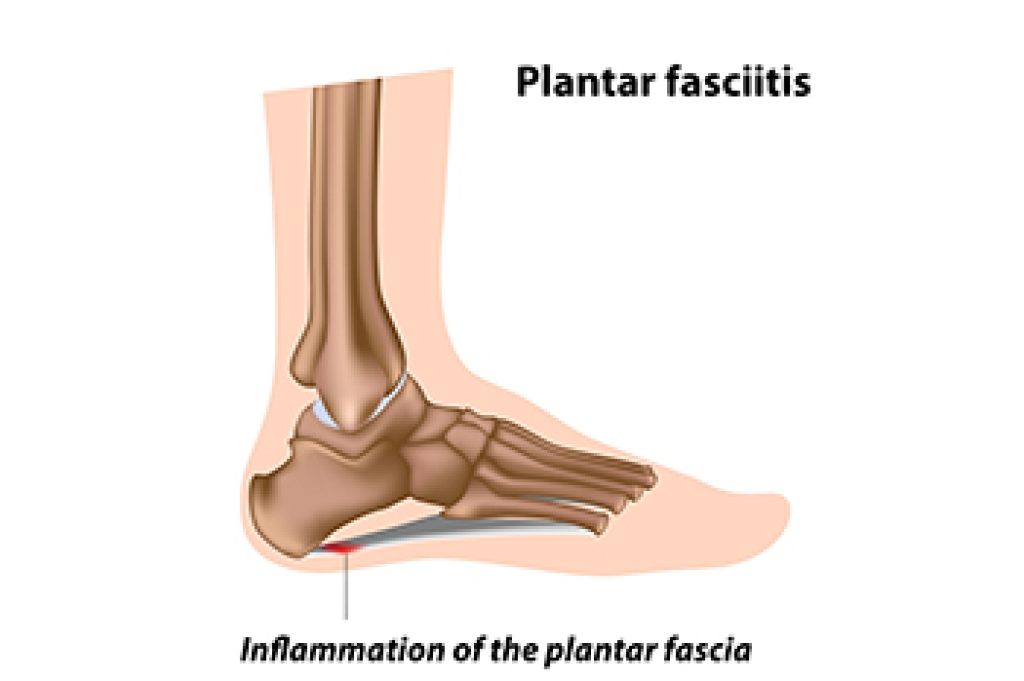
An ingrown toenail often begins with subtle changes that become more uncomfortable over time. Tenderness along one side of the nail may be the first clue, especially if the skin feels sore when pressed or rubbed by a sock or shoe. Redness, swelling, and warmth can follow as the nail edge begins to press into the surrounding skin. Some people notice a feeling of pressure or a small area of firm, irritated tissue that develops near the corner of the nail. Clear or yellow drainage may appear if the skin becomes inflamed. Pain that increases while walking or wearing closed shoes is another sign the problem is progressing. Paying attention to these early changes helps prevent deeper infection and protects overall foot health. If you have persistent pain, swelling, or drainage with an ingrown toenail, it is suggested that you see a podiatrist for effective treatment solutions.
Ingrown toenails can become painful if they are not treated properly. For more information about ingrown toenails, contact one of our podiatrists of David A. Scalzo, DPM, PC and Associates. Our doctors can provide the care you need to keep you pain-free and on your feet.
Ingrown Toenails
Ingrown toenails occur when a toenail grows sideways into the bed of the nail, causing pain, swelling, and possibly infection.
Causes
- Bacterial infections
- Improper nail cutting such as cutting it too short or not straight across
- Trauma to the toe, such as stubbing, which causes the nail to grow back irregularly
- Ill-fitting shoes that bunch the toes too close together
- Genetic predisposition
Prevention
Wearing proper fitting shoes and using proper cutting techniques will also help decrease your risk of developing ingrown toenails.
Treatment
Ingrown toenails are a very treatable foot condition. In minor cases, soaking the affected area in salt or antibacterial soaps will not only help with the ingrown nail itself, but also help prevent any infections from occurring. In more severe cases, surgery is an option. In either case, speaking to your podiatrist about this condition will help you get a better understanding of specific treatment options that are right for you.
If you have any questions, please feel free to contact our offices located in Duryea and Bangor, PA . We offer the newest diagnostic and treatment technologies for all your foot care needs.




